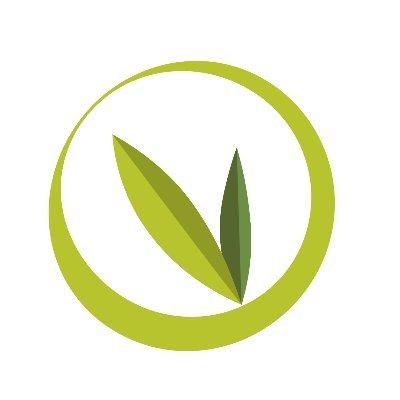
OLEAF4VALUE
OLIVE LEAF MULTI-PRODUCT CASCADE BASED BIOREFINERY: FROM AN UNDER-USED BIOMASS IN THE PRIMARY SECTOR TO TAILORMADE SOLUTIONS FOR HIGH ADDED VALUE INTERNATIONAL MARKET APPLICATIONS

OLIVE LEAF MULTI-PRODUCT CASCADE BASED BIOREFINERY: FROM AN UNDER-USED BIOMASS IN THE PRIMARY SECTOR TO TAILORMADE SOLUTIONS FOR HIGH ADDED VALUE INTERNATIONAL MARKET APPLICATIONS
Olive groves are a common sight throughout southern Europe, particularly in the Mediterranean countries and in Portugal. While the fruit of the olive tree is a well-known and widely used resource, olive production also creates around 4.5 million tonnes of leaves each year as a by-product. Currently, to avoid problems; these needs to be removed from the fields and the mills and disposed of. Although rich in potential bio-resources, the leaf mass is notoriously difficult to work with; only around 0.2% of this is currently used for extracts; the remainder is burnt – either in the fields or used for fuel – or fed to animals. However, disposing of them in this way means that a potential 1 million tonnes of bioactive compounds, 1 million tonnes of cellulose and 1.5 million tonnes of lignin are underexploited.
To address this, the OLEAF4VALUE project has been created to develop a complete valorisation system for these olive leaves. It will extract and isolate high added value bioactive compounds (polyphenols, triterpenoids, essential oils, lipids, lignocellulose) with high-market potential in the food, feed, chemical, nutraceutical, cosmetic and pharmaceutical sectors.
The project has assembled a consortium to ensure this biomass is fully valorised at all stages of the value chain. This will use advanced, sustainable green extraction and isolation technologies to sequentially separate all fractions and compounds of value while pursuing a zero-waste approach. These will use to develop tailor made products to match end-user market needs from high value sectors; the presence of the large companies in the consortium will ensure the products are properly market oriented.
The overarching object the project is a sustainable solution devoted to the full valorisation of olive leaves to produce bio-based, cost-effective products for the primary sector. Within this, the project will pursue a number of specific objectives.
The OLEAF4VALUE project is aiming at delivering a number of impacts that will contribute to the wider goals of the BBI-JU. It will: